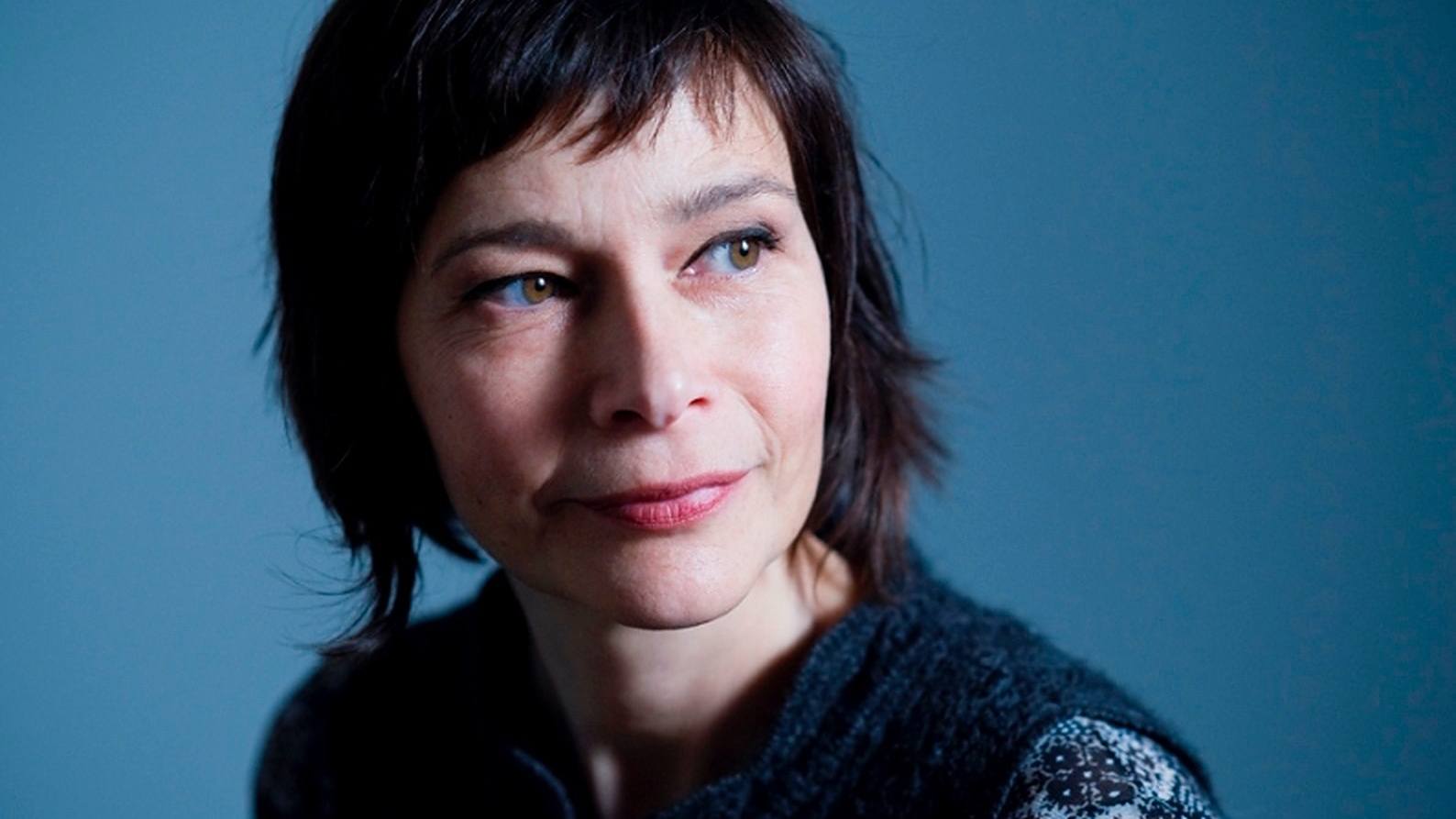Hovhaness’ “Mysterious Mountain” (Symphony No. 2): Ode to the Eternal
Alan Hovhaness’ Symphony No. 2, Mysterious Mountain, is the music of vast, majestic, metaphorical summits. Unfolding as an arc, its three movements do not take a linear, goal-oriented journey. Instead, they add up to a reverent and awe-inspiring celebration of the eternal. According to Hovhaness, the Symphony’s title does not refer to a specific mountain, but to “the whole idea of mountains.” He wrote, Mountains are symbols, like pyramids, of man’s attempt to know …







